Ejector Pins
- Durability: Built to endure high pressures and temperatures over repeated cycles.
- Wear Resistance: Engineered to resist wear and tear, ensuring long-term reliability.
- Precision: Carefully sized and aligned to match the mold’s specifications for accurate ejection.
- Smooth Finish: A polished surface minimizes friction and prevents parts from sticking.
ISO 9001:2015 Certified Processes
ISO 13485: 2016 Medical Device
IATF 16949: 2016 Automotive
No Minimum Order Quantities
In-Process Inspection with CMM
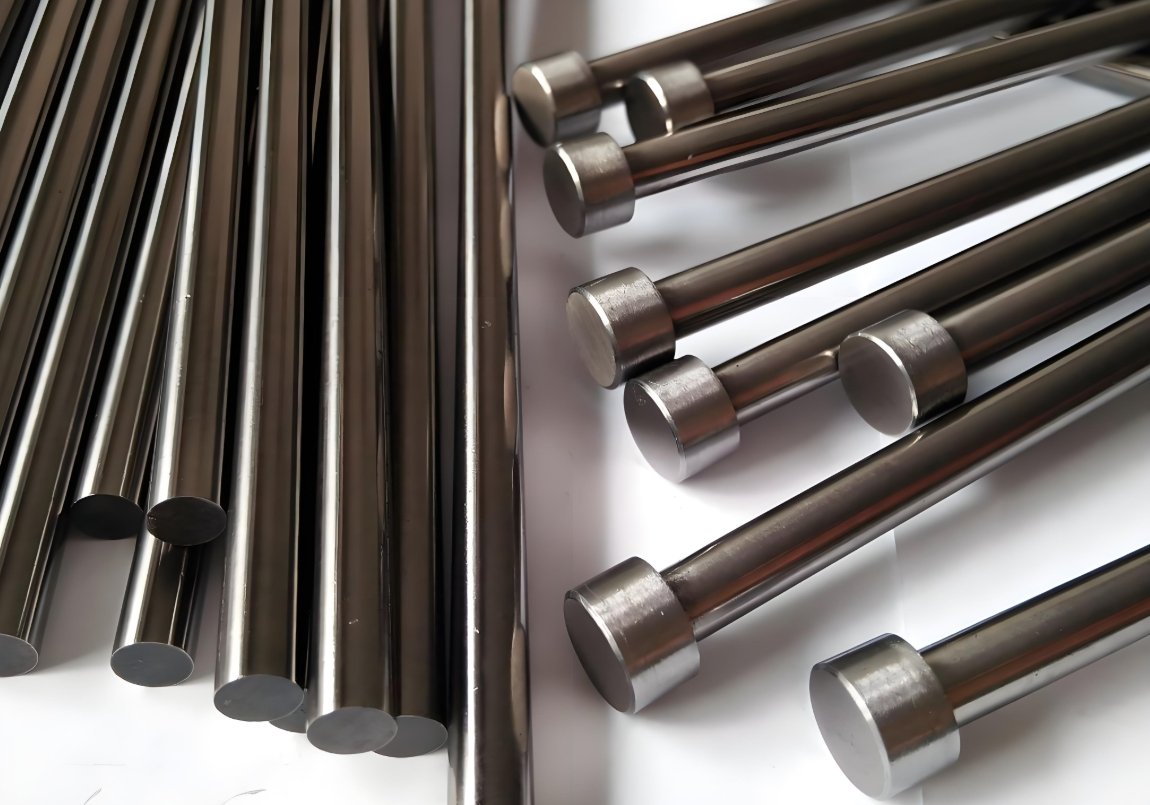
Ejector Pins: Precision Components for Injection Molding
Ejector pins are vital components in the injection molding process, designed to ensure the seamless removal of molded parts from the mold cavity. These precision-engineered pins push the solidified part out of the mold without causing damage, preserving the quality of both the molded product and the mold itself.
As a key element in mold design, ejector pins enhance production efficiency, reduce cycle times, and support high-volume manufacturing.
Core Functions
Processing Materials
Tool Steel
- Offers exceptional hardness and durability for precision applications.
Stainless Steel
- Provides corrosion resistance, ideal for molds in challenging environments.
Custom Alloys
- We offer specialized steel grades to accommodate unique mold requirements and production conditions.
Post-Processing & Surface Treatments
To enhance functionality and durability, our ejector pins undergo advanced post-processing and surface treatments.

Heat Treatment
Boosts hardness and strength to withstand high-stress conditions.
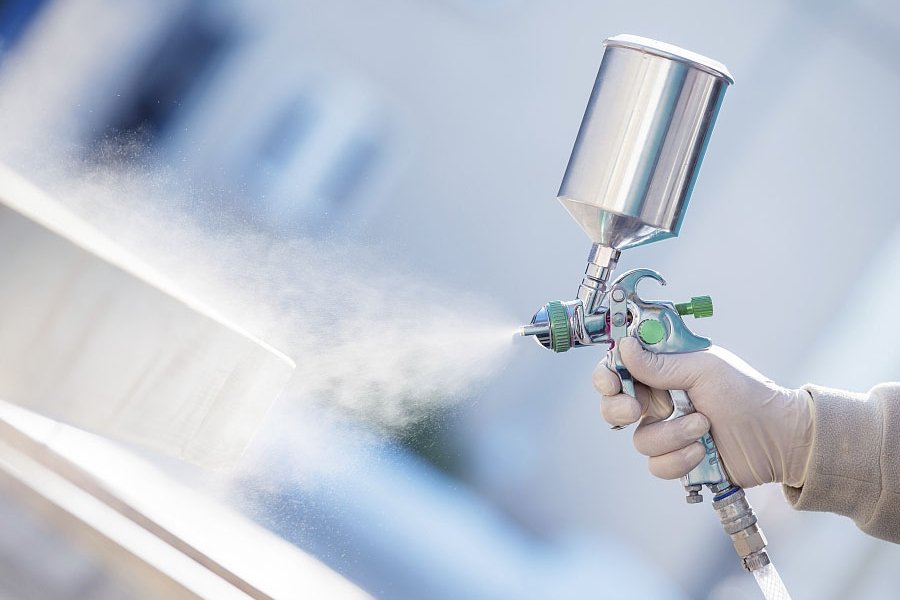
Specialized Coatings
Options like DLC (Diamond-Like Carbon) provide additional lubricity and protection for demanding applications.
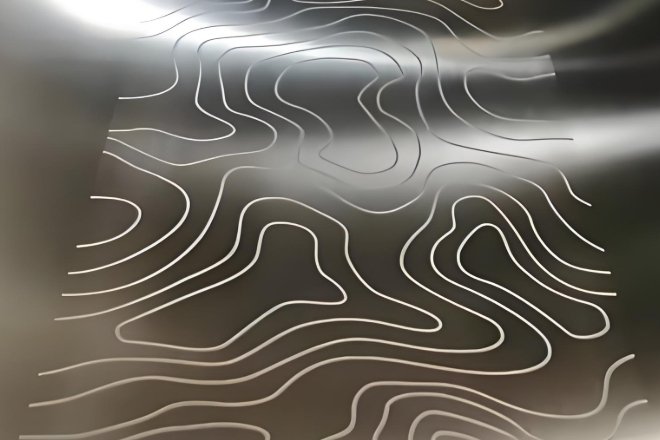
Nitriding
Improves wear resistance, extending the service life of the pins.
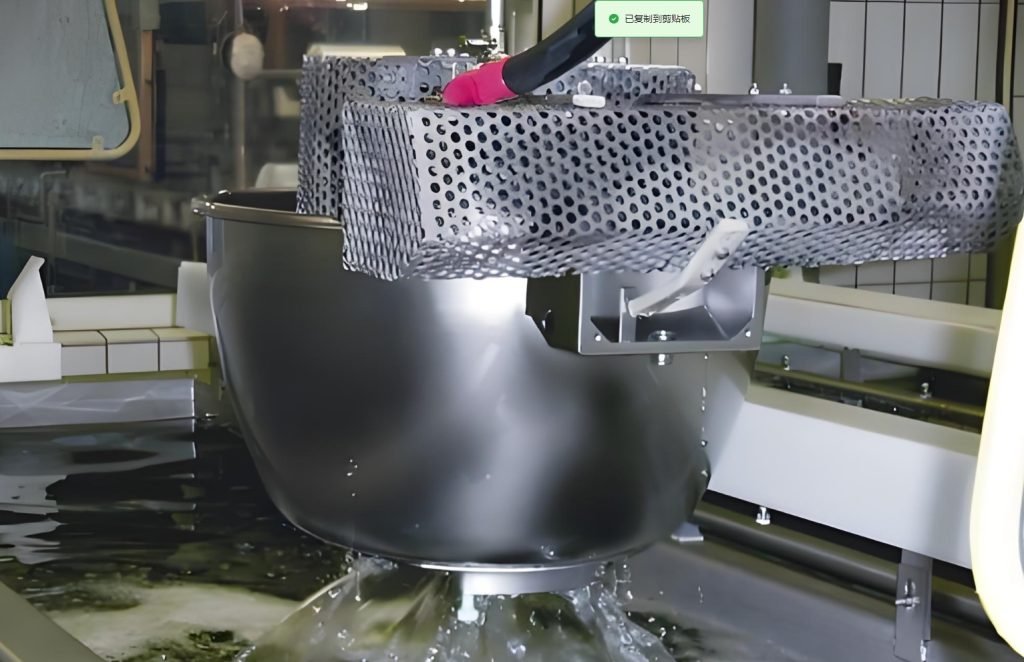
Polishing
Creates a smooth, friction-reducing surface for flawless part ejection.
Technical Specs for Ejector Pins
Our processes ensure unmatched consistency and repeatability at fast lead times and affordable pricing.
| Parameter | Specification |
| Hardness | Core: 45-52 HRC – Surface (after nitriding): 65-70 HRC |
| Diameter Range | Standard: 1.0 mm to 20.0 mm – Custom sizes available |
| Length | Standard: 100 mm to 500 mm – Custom lengths available |
| Tolerance | Diameter: ±0.005 mm – Length: ±0.1 mm |
| Surface Finish | Polished, Ra ≤ 0.2 μm |
| Head Types | Flat head – Spherical head – Custom designs available |
| Temperature Resistance | Standard: up to 200°C – High-temperature options available |
Fecision Mold Component Tooling Network
In response to different service types and diverse business needs, we have deployed suppliers with different manufacturing capabilities.
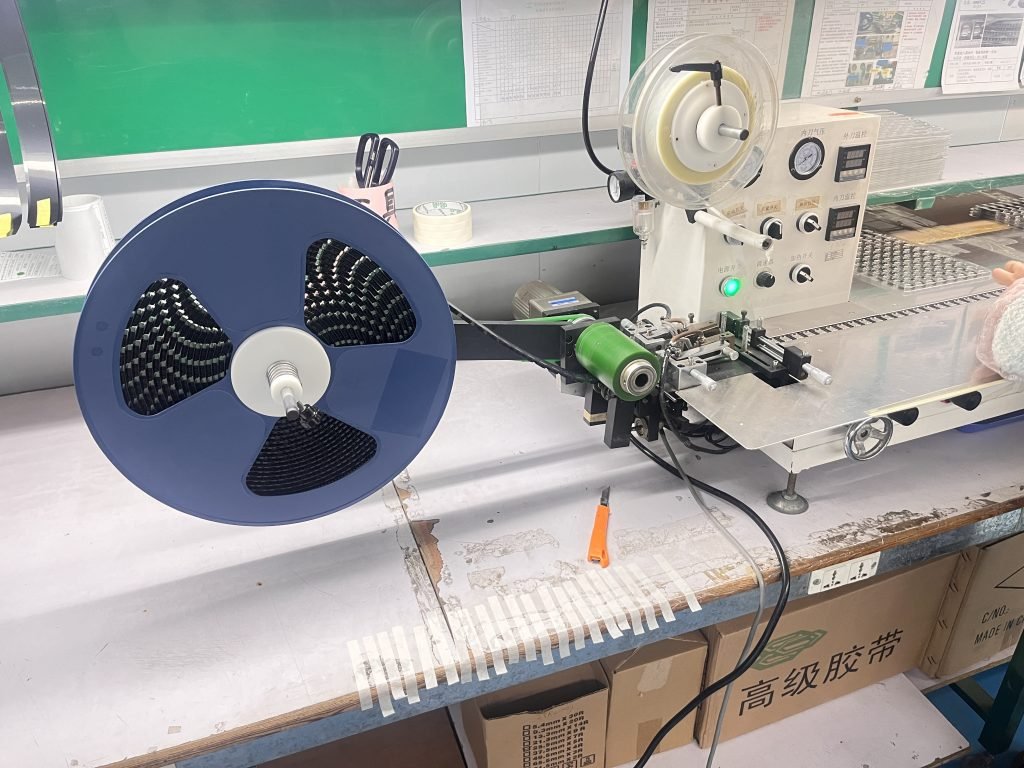
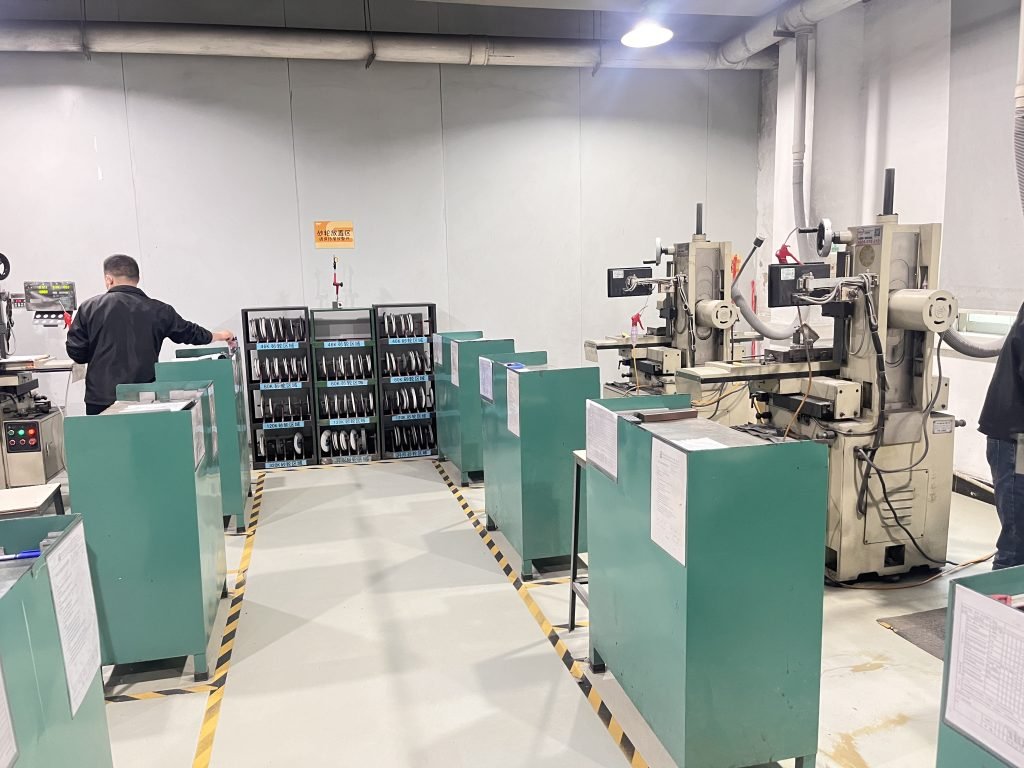
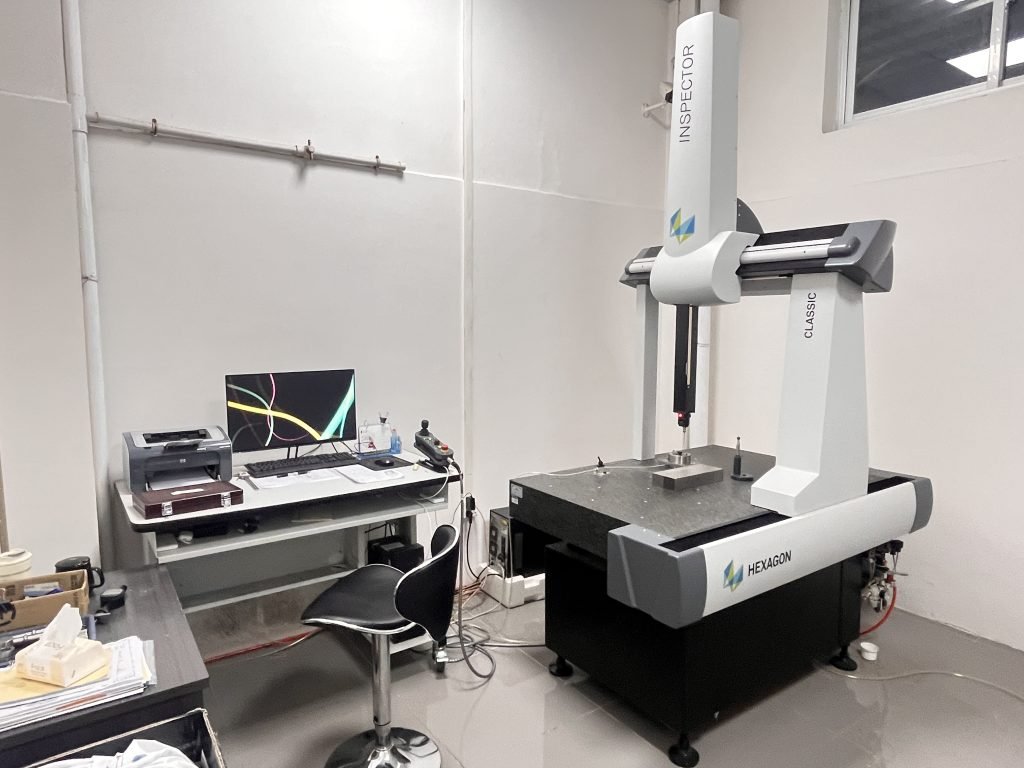
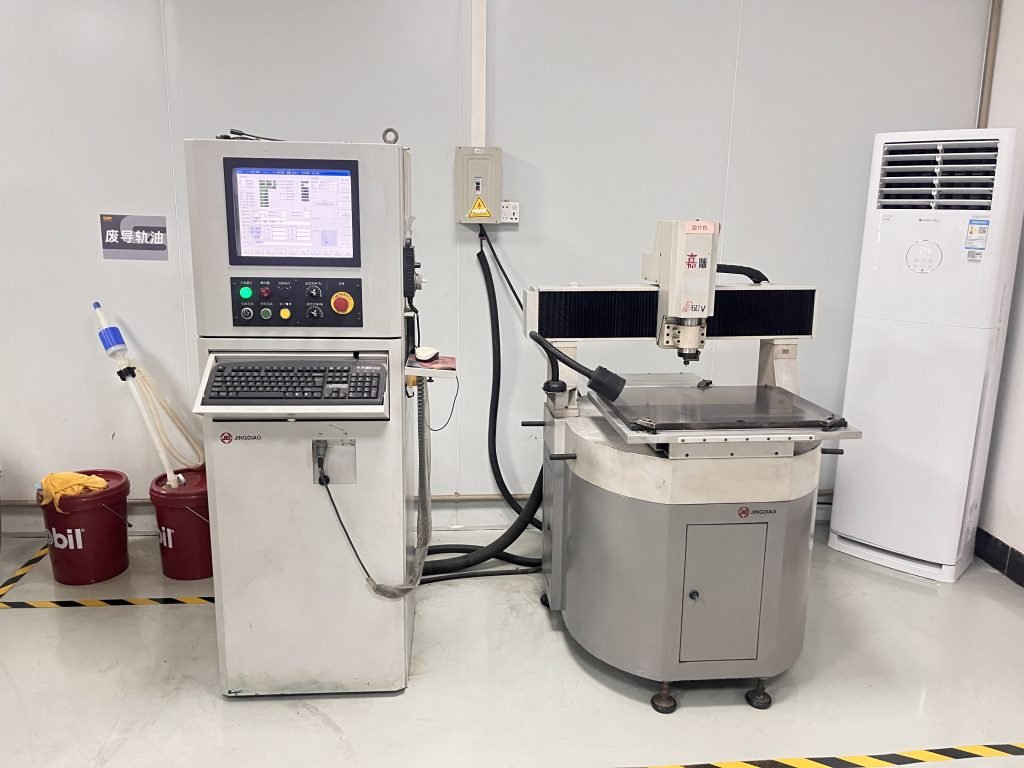
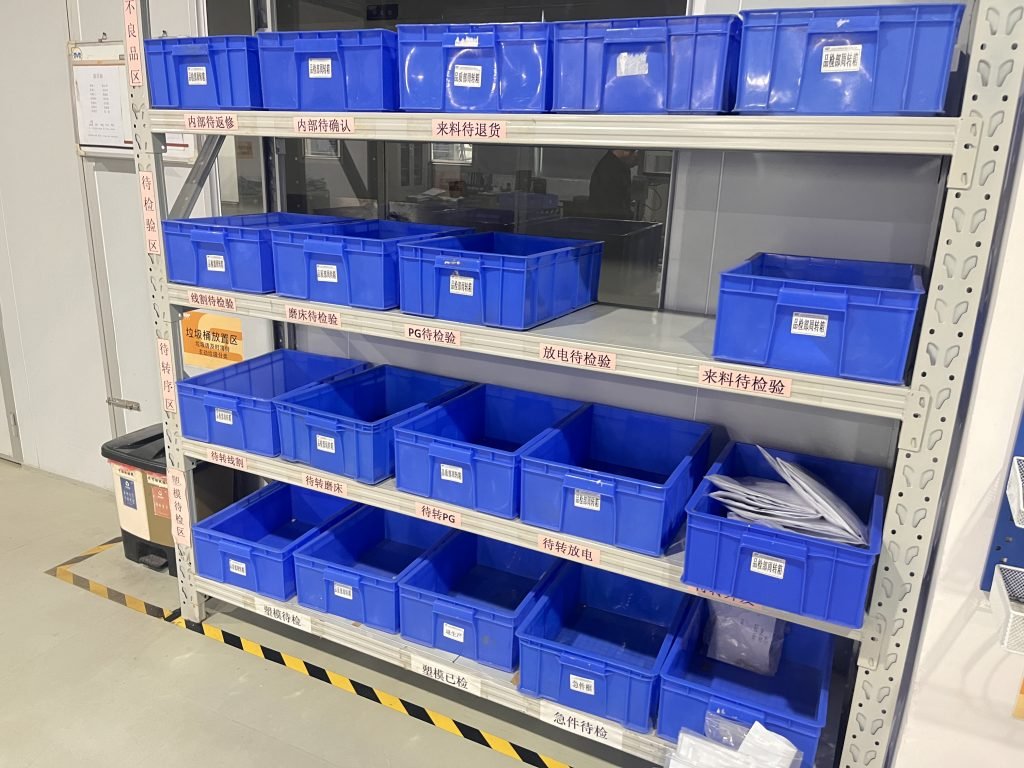
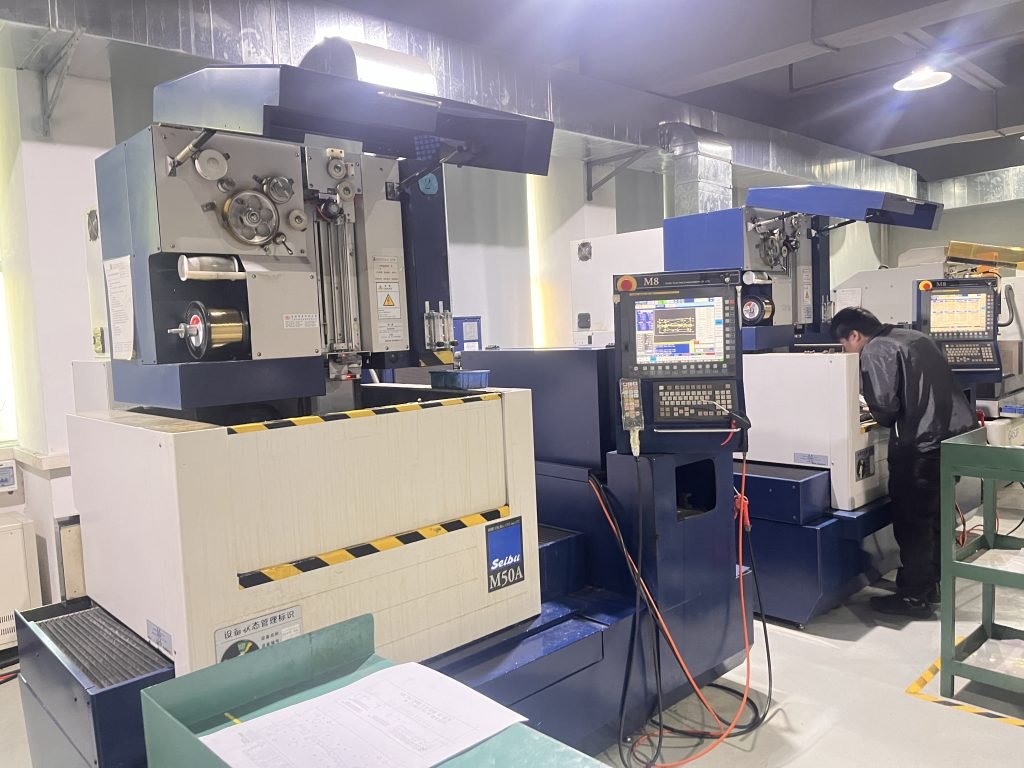

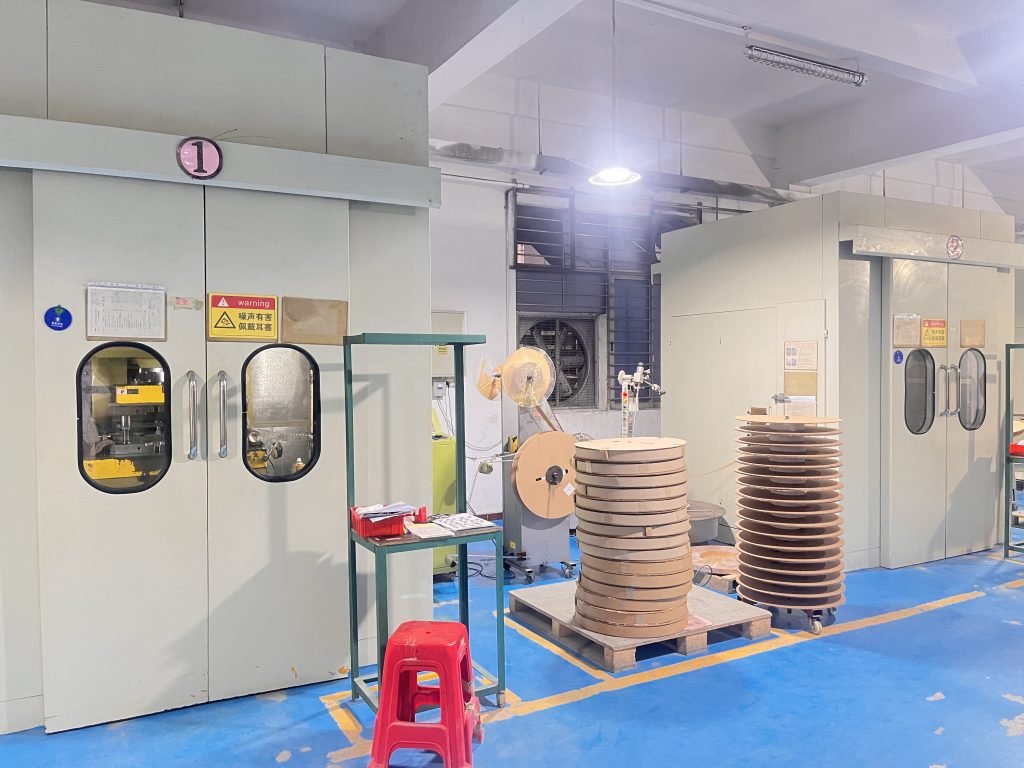
Why Fecision for Mold Components?

Precision and Accuracy
Using state-of-the-art CNC machining, EDM, and other advanced manufacturing techniques, Fecision ensures all mold components meet tight tolerances and high-quality standards.
Customization
Fecision understands the unique needs of each project. Our team works closely with customers to provide tailored solutions, ensuring that each component fits perfectly within the target mold system.
Rapid Prototyping
Fecision offers rapid prototyping for mold components, enabling customers to test and refine designs quickly before moving into full production.
End-to-End Services
From initial design and DFM (Design for Manufacturability) analysis to final mold assembly and testing, Fecision handles every aspect of the mold component manufacturing process.
Process for Manufacturing Mold Components
Manufacturability Evaluation
The initial step involves assessing the manufacturablity of the mold component. If it's deemed feasible, we proceed with production immediately. If not, we will provide a detailed DFM (Design for Manufacturability) report to the customer. If necessary, mold flow analysis is performed to simulate the flow of molten material within the mold.
Material Selection
Next, choose the right material for mold parts. Common materials for mold components include steel alloys, aluminum, stainless steel, specialty alloys, etc. If needed, a prototype may be made using rapid prototyping techniques (e.g., 3D printing, CNC machining) to test the design for fit, function, and manufacturability.
Mold Components Manufacturing
Once the design and materials are finalized, the mold component undergoes CNC machining. If required, the mold component may undergo heat treatment, depending on the material and intended application. For certain components, surface hardening methods such as nitriding or carburizing are applied to increase wear resistance.
Shipping
For molds with multiple components, such as multi-cavity molds or molds with inserts, the individual components are carefully assembled into the final mold system. Once our engineers confirm the product meets all requirements, it will be shipped. We maintain ongoing communication to ensure the customer is fully satisfied with the product they receive.
Let's Start!
Together, we can make something remarkable!
Let us turn your vision into reality. Provide us with your project details, and we’ll create a customized proposal designed specifically for you.




